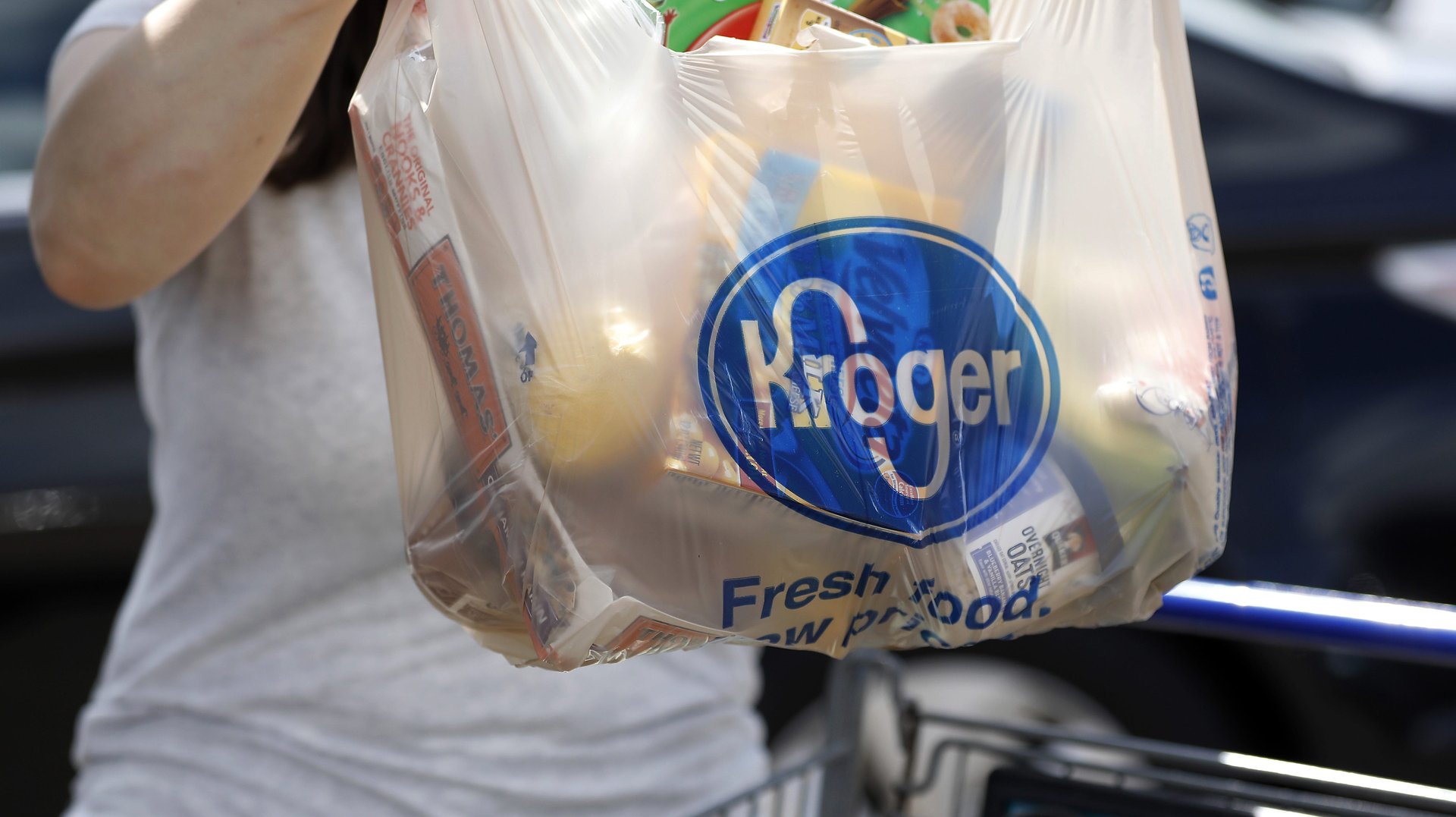A US grocery chain is challenging Amazon in advertising
When Amazon entered the grocery business with the acquisition of Whole Foods this year, it was thought to be a supermarket killer. The grocery business was already facing competition from general retailers like Walmart that operate on larger scales and offer lower prices, and invading European grocers like Aldi and Lidl, before the mammoth conglomerate took an interest.


When Amazon entered the grocery business with the acquisition of Whole Foods this year, it was thought to be a supermarket killer. The grocery business was already facing competition from general retailers like Walmart that operate on larger scales and offer lower prices, and invading European grocers like Aldi and Lidl, before the mammoth conglomerate took an interest.
Against those odds, Kroger, a supermarket chain in the Midwestern and Southern US, flourished last quarter and reported sales and earnings that beat analyst forecasts. The company is hoping it can defy expectations again as it takes on Amazon in another domain: advertising.
The grocery company is going to use the data from the more than 60 million US households it serves to sell ads on Kroger properties and around the web itself, Digiday reported. It also plans to launch a programmatic platform—software that advertisers will be able to use to place ads on Kroger.com—next year.
Amazon has a leg up over Kroger in advertising, as do other retail giants like Walmart. Marketers have turned to Amazon, one of the world’s largest e-commerce sites, to get their ads in front of shoppers who may already be interested in their products, using the wealth of information it has on its customers to target them across the Amazon ecosystem, which includes Amazon.com, Amazon Prime Video, Alexa-enabled devices, sites like the Internet Movie Database, and more. It can also tell advertisers, for example, whether people who saw an ad during one of the NFL games that airs on Prime Video turned to Amazon.com to buy the product.
Amazon’s “other” revenue, which is mostly made up of advertising and smaller businesses like credit cards, brought in $1.9 billion during the first three-quarters of the year, according to the company’s latest quarterly filing (pdf). eMarketer estimates Amazon’s ad business alone will hit $1.8 billion in revenue in 2017.
Kroger, meanwhile, has a sizable data-analytics group of its own. It bought the analytics arm of the agency Dunnhumby a few years back and formed its own customer-insights company, 84.51° (the longitude of its headquarters in Cincinnati). It reportedly has a team of 775 at its disposal, who help Kroger intimately understand its customers and how they shop. They also help the hundreds of brands that sell products in Kroger stores reach shoppers by running targeted ads on Kroger.com, for example, or Kroger-branded display ads elsewhere on the web that direct shoppers back to Kroger’s site when they click on the ad.
The targeted ads that make use of Kroger’s purchase data are one of the key parts of the company’s ad business. The other is evolving the usual direct and email communications with customers that offer promotions and custom content.
Whether that will be enough to withstand retail giants Amazon and Walmart remains to be seen.